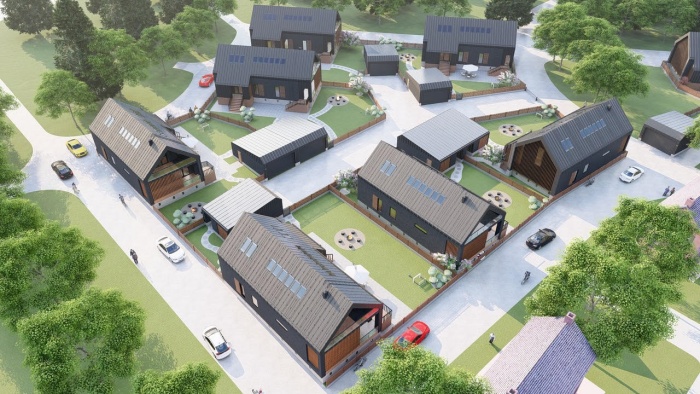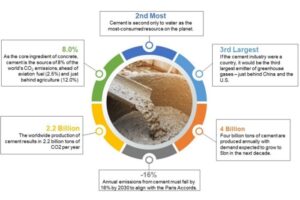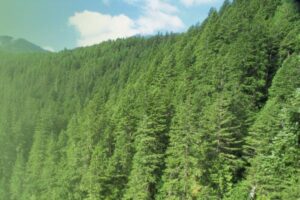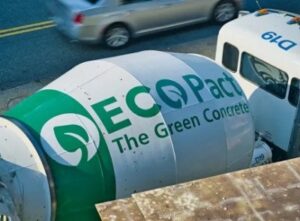
Finland’s first carbon negative small houses are being built in Pargas, South-West Finland. Carbon negativity means that more CO₂ is being sequestered than emitted and thus the emissions are negative. This prevents or slows down the climate change. Macon is the company conducting the carbon footprint calculations of the building project. They are also ensuring that they reach the ambitious carbon negativity target.
Macon wanted to participate in the ecovillage construction project because it has very high goals for both building materials and energy solutions.
“We believe that this project is a kind of a steppingstone to carbon neutral construction, which will fulfill the requirements of the strictest standards. This project also provides us with extremely important information about the true life cycle of building materials”, says Mikko Ahokas, the CEO of Macon.
More about Godai
Godai is an innovative and responsible construction company concerned about the environment. The small houses have a wooden structure. They are carbon negative upon completion and certified by numerous certification programs. Godai’s aim is to build homes with healthy materials to provide healthy indoor air. During the construction, the humidity and dust management are at the highest possible standards. All the timber will be certified, which ensures the responsible forestry and timber handling. Besides being energy efficient, the small houses also utilize solar energy. They reduce water consumption in many ways, for example, by recycling greywater.
“Construction is one of the most environmentally straining industries in Finland. We wanted to step in and do things differently. It is great to take small steps, but it was important to us to create something bigger at once. This is the reason we designed a house model that will fulfill all the possible criteria whether it is to do with responsible materials, environmental impact, indoor air or interior emissions. Calculating carbon footprint is essential to us. Compensating for carbon footprint is already somewhat common on different branches but creating a carbon negative product is not. We wanted to be the industry’s trendsetter also
in this matter and to build even more responsibly. We really got to challenge our team of experts; in construction industry many practices are a bit too entrenched, and we often have heard ‘This is how It’s always been done’. It is not easy to be the first to change things, but it is the most rewarding”, notes Nina Ingelius, the CEO of Godai.
The Pargas center
The first responsible small house is under construction in the Pargas center just by the canal. The so-called concept house has a schedule of completion around May-June 2022. Next to it on its own plot, an ecovillage of seven small houses identical with the concept house are on schedule for completion by the end of 2022. All the small houses are carbon negative upon completion and share the same certificates as the concept house: Nordic Swan, RTS Environmental Classification, FSC and PEFC certificates, Kuivaketju10 and Active House certificates.
The carbon footprint of construction
They determine the carbon footprint of a building’s whole life cycle during the building’s design process. It is remarkably more difficult to influence the emissions after the building’s completion. Carbon footprint calculations pay attention to the energy and space efficiency of the building. They also pay attention to material choices and minimizing the use of material. Regarding to Godai also the impact of site-specific logistics is also a consideration.
The carbon footprint calculation conducted by Macon in based on RTS Environmental Classification (carbon footprint of a building’s life cycle and life cycle costs), life cycle meters by Green Building Council Finland and method for assessing the carbon footprint of buildings by Ministry of the Environment. It is also possible to use the European Commission’s Level(s) tool for Building Sustainability in the calculations.
According to Ministry of the Environment, buildings and construction account for about a third of all the Greenhouse gas emissions in Finland. The construction sector must also reduce emissions to achieve the national and international climate goals Finland has committed itself to. Ministry of the Environment urges monitoring the carbon footprint of a building’s life cycle along with the building’s in-use energy consumption levels (Ministry of the Environment, 2022).














